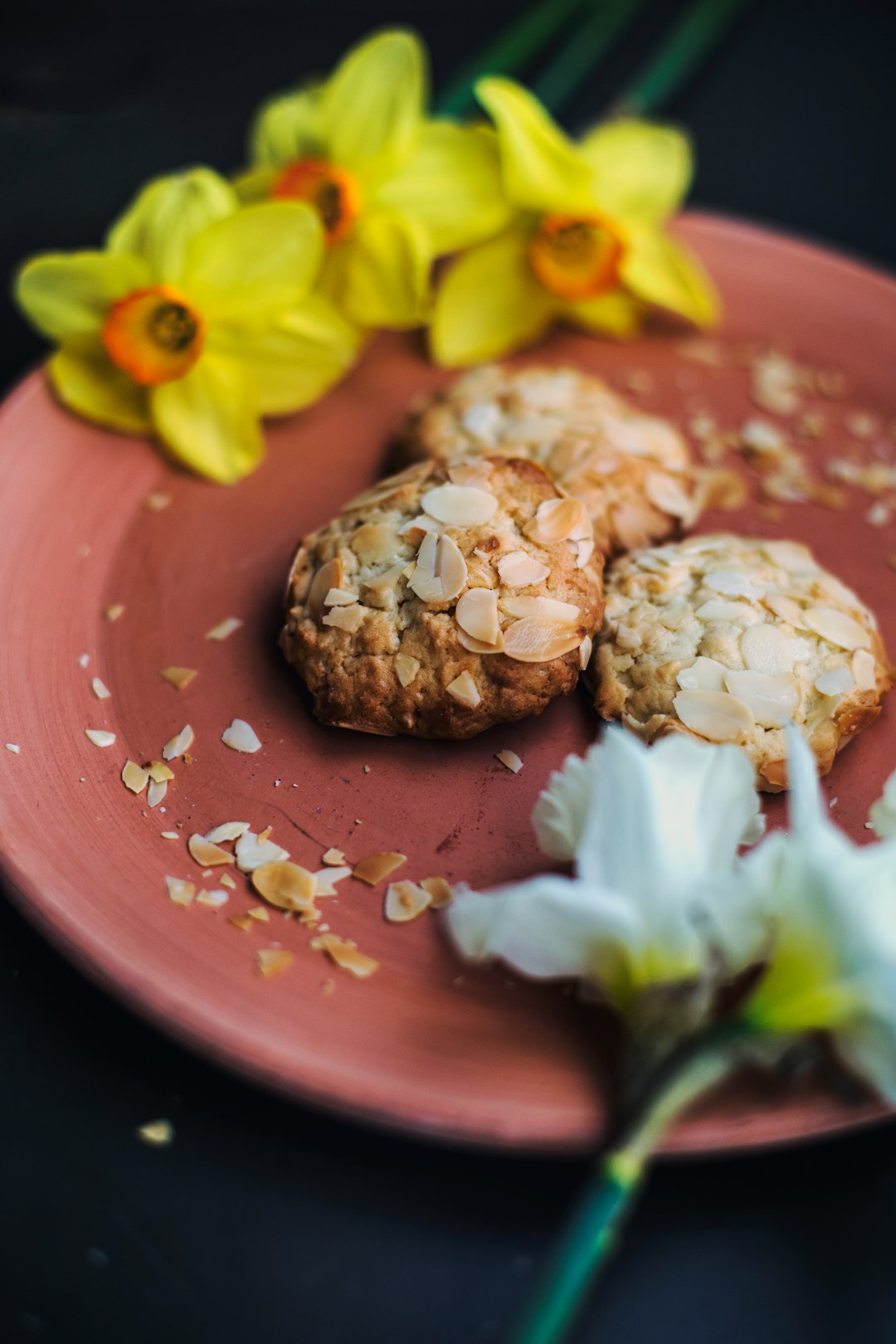News For This Month:

Sausage making is an art form that requires attention to detail and the right tools. One important tool that is often overlooked is the hog casing. Hog casings are the thin, tubular membranes that hold the ground meat mixture in place during the sausage-making process. In this article, we will discuss some tips for using hog casings effectively to ensure delicious and perfectly formed sausages every time.
Preparing Hog Casings
Before you can use hog casings, they need to be properly prepared. Start by soaking the casings in cold water for at least 30 minutes. This helps to remove any salt or preservatives that may be present. Once soaked, drain the casings and rinse them thoroughly to remove any excess salt.
Next, it’s time to flush the casings. Flushing involves running water through the casings to clean out any impurities. To do this, attach one end of the casing to a faucet or a funnel and gently run water through the casing. Repeat this step a few times until the water runs clear. This will ensure that your sausages have a clean and natural taste.
Stuffing the Casings
When it comes to stuffing the casings, it’s important to work carefully and methodically. Start by attaching the casing to the sausage stuffer or the nozzle of your meat grinder. Make sure the casing is tightly secured to prevent any leaks.
Next, fill the meat mixture into the sausage stuffer or meat grinder. Use your hands to guide the mixture into the casing as it comes out. Be sure to fill the casing evenly and avoid overstuffing, as this can cause the casings to burst during cooking.
When you’ve finished stuffing the casings, tie off the ends with a butcher’s twine or make small knots to secure the sausages. This will prevent the filling from spilling out while cooking.
Linking the Sausages
After stuffing the casings and tying off the ends, you can choose to link your sausages. To do this, gently pinch the casing where you want the first sausage link to start. Twist the casing a few times in one direction and then reverse the twisting direction to create a link. Repeat this process to create evenly sized links.
Alternatively, if you prefer to have individual sausages, you can skip the linking step and simply cut the long, stuffed casing into desired lengths.
Storing and Cooking Sausages
Once your sausages are made, it’s important to store them properly to maintain freshness. Place the sausages in an airtight container or wrap them tightly in plastic wrap. Keep them refrigerated until you are ready to cook or freeze them.
When it comes time to cook your sausages, there are several methods you can choose from. You can grill them, bake them in the oven, pan-fry them, or even steam them. The cooking time and temperature will vary depending on the thickness of the sausage, so it’s important to monitor them closely.
Conclusion
Using hog casings for sausage making adds an authentic touch to your homemade sausages. By properly preparing the casings, carefully stuffing them, and linking or shaping the sausages, you can achieve professional-looking results. Experiment with different seasonings and fillings to create a variety of delicious sausages that you can enjoy with family and friends. So, go ahead and embark on your sausage-making journey – your taste buds will thank you!
 Tips for Choosing the Best Personal Injury Lawyer
Tips for Choosing the Best Personal Injury Lawyer 


 Title: The Importance of Door Gaskets for Commercial Refrigerators in NY
Title: The Importance of Door Gaskets for Commercial Refrigerators in NY
 Consider These When Choosing a Windshield Replacement Firm
Consider These When Choosing a Windshield Replacement Firm 
 Factors to consider in choosing the right Gluten Free cookbook and Recipes company
Factors to consider in choosing the right Gluten Free cookbook and Recipes company